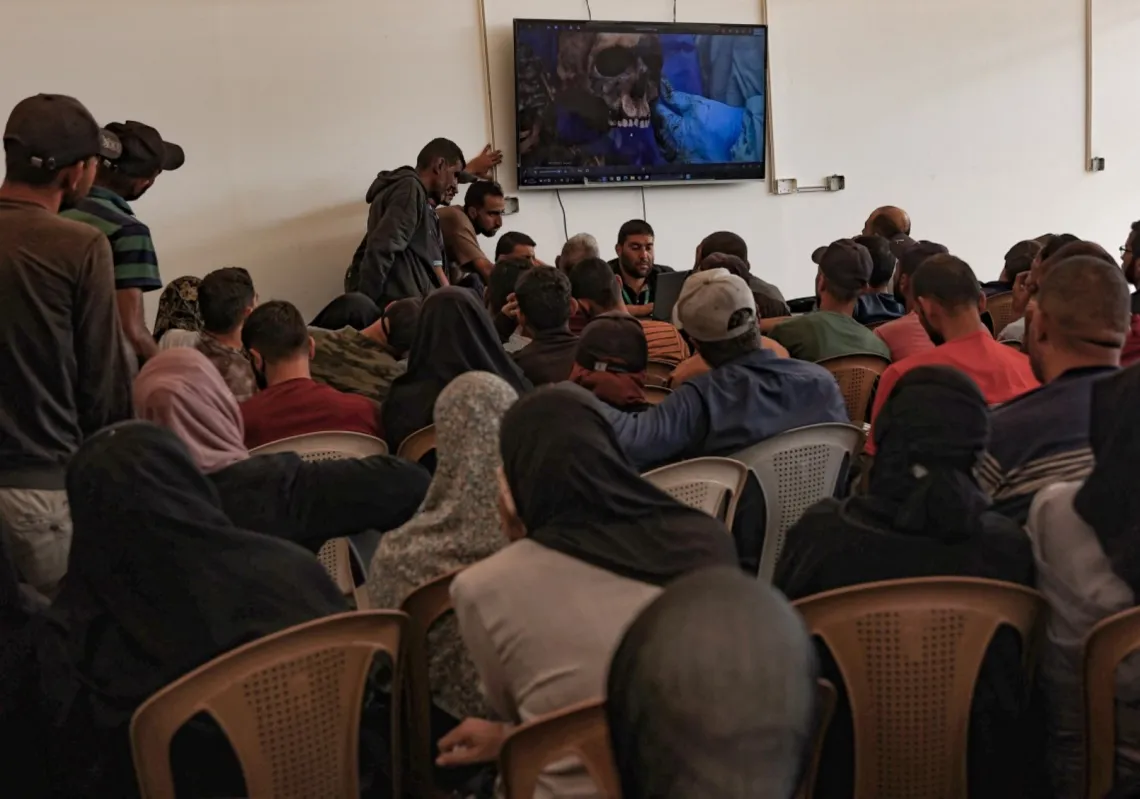October saw Al-Qaeda once again prove its determination to undermine western security: the “parcel” bomb dispatched by Al-Qaeda in the Arabian Peninsula (AQAP)—the group’s Yemeni affiliate—is the latest in a string of attempts to attack the West. Security officials believe that it is not only Al-Qaeda central in the lawless borders of Pakistan that poses the threat, but its affiliates in Yemen, North Africa and Somalia. They are also worried that the threat will come in the form of female suicide bombers. Although both the US and Europe are yet to experience a female suicide attack, they have seen an increase in women participating in Islamist terrorism within the last year.
The most recent case is of Roshonara Choudhry, the first woman in the UK to have committed an Al-Qaeda inspired violent act. She was sentenced to life imprisonment on 3 November for attempting to murder a British MP because he supported the 2003 Iraq war. In September, French police hunted for a woman suspected of wanting to commit a suicide attack on the Paris metro. It is believed that she may have been dispatched by Al-Qaeda in the Islamic Maghreb. Collen LaRose, better known as Jihad Jane, was charged in the US in March 2010 for agreeing to kill Swedish cartoonist Lars Vilks. On YouTube forums, LaRose wrote about her desire to become a “martyr.” Houria Chentouf, convicted in November 2009 in the UK for possessing terrorist documents, wrote notes saying she wanted to make herself and her six children “bombs for the sake of this religion” for “revenge.”
The participation of women in attacks on civilians, and indeed suicide bombers, has captured media attention worldwide as women generally tend to participate less in terrorist activities than men. But women have been used as human bombs, popularized by nationalist groups, such as the Syrian Social Nationalist party and Sri Lanka’s Tamil Tigers, in the 1980s and 1990s. Chechen women—commonly known as the Black Widows—have also blown themselves up on behalf of Chechen separatist groups. Yet it was not until 2004 that Islamist groups started using women as a tactic of warfare: Hamas used Reem Al-Rayashi as a suicide bomber against Israel. Abu Musab Al-Zarqawi—the deceased leader of Al-Qaeda in Iraq—followed suit in September 2005. Two months later, Al-Zarqawi deployed Europe’s first female suicide bomber: Muriel Degaqoue, a Belgian convert to Islam, committed a suicide attack in Baghdad in November 2005. Al-Qaeda in Iraq subsequently used women to commit attacks on regular basis.
Outside of Iraq, Al-Qaeda has yet to popularize female suicide bombers but they have relied on theology to justify the role of women in violent jihad. Abdullah Azzam—one of the founders of modern jihadism and once mentor to Osama bin Laden—issued a fatwa in 1979 which stated that women (and children) are required to participate in jihad as an individual obligation to defend “Muslim lands.” Despite Azzam’s support, Al-Qaeda’s core leadership had previously done little to encourage female participation in the battlefield, focusing instead on their role as fundraisers and supporters of the mujahideen.
However, this position seems to be shifting. In December 2009, the wife of Al-Qaeda’s second in command, Ayman Al-Zawahiri, issued a letter—translated into multiple languages by jihadist media publications—calling on women worldwide to participate in jihad as an individual obligation. Not only did he reiterate their supportive role, but also said that they can perform “martyrdom operations.” In January 2010 US officials warned that AQAP—also behind the attempted 2009 Christmas airline bomb attack—were training women as suicide bombers to attack the West.
The group and its affiliates are also making efforts to target western Muslims by producing propaganda in English via the internet, with the most recent attempt being AQAP’s launch of a new English magazine titled Inspire. Its October 2010 issue called on readers to participate in jihad against the US. LaRose and Chentouf were both radicalized online, as were a number of other converts and Muslims in the West. Yet the effect of such propaganda is acutely seen in the case of Roshonara, who as a young British woman, says she went on YouTube to learn more about her religion. Instead, within the space of six months, she was self-radicalized with Al-Qaeda’s message because she listened to—and learnt from—Anwar Al-Awlaki, the eloquent English speaking AQAP cleric who, among others, is linked to the Fort Hood massacre in Texas. Al-Awlaki preaches that civilians in the West are legitimate targets because they have voted for governments that are supposedly engaged in a “war” on Islam and Muslims; they are therefore responsible. Roshonara was motivated to kill in the name of religion to defend her Muslim “brothers and sisters” in Iraq and Palestine.
Roshonara got the sanction she needed from clerics like Al-Awlaki and Azzam. She is not the first to have been radicalized online, and probably won’t be the last. The nature of the threat posed by Al-Qaeda is evolving and its message is being propagated on a wider scale. The full effect of its message on a Muslim woman in the West is yet to be experienced, but a female suicide bomber in either the US or Europe would be ideal for the group. Not only would it serve its ideological goal but also increase publicity: Walking female bombs would garner the “shock factor” that Al-Qaeda craves. And cases like Roshonara’s should be a reminder to security officials that Al-Qaeda does not have to be directly involved in orchestrating attacks. They only need to inspire.
Houriya Ahmed is researcher at the Centre for Social Cohesion, a frequent blogger and a member of Sisters Against Violent Extremism (SAVE UK)







